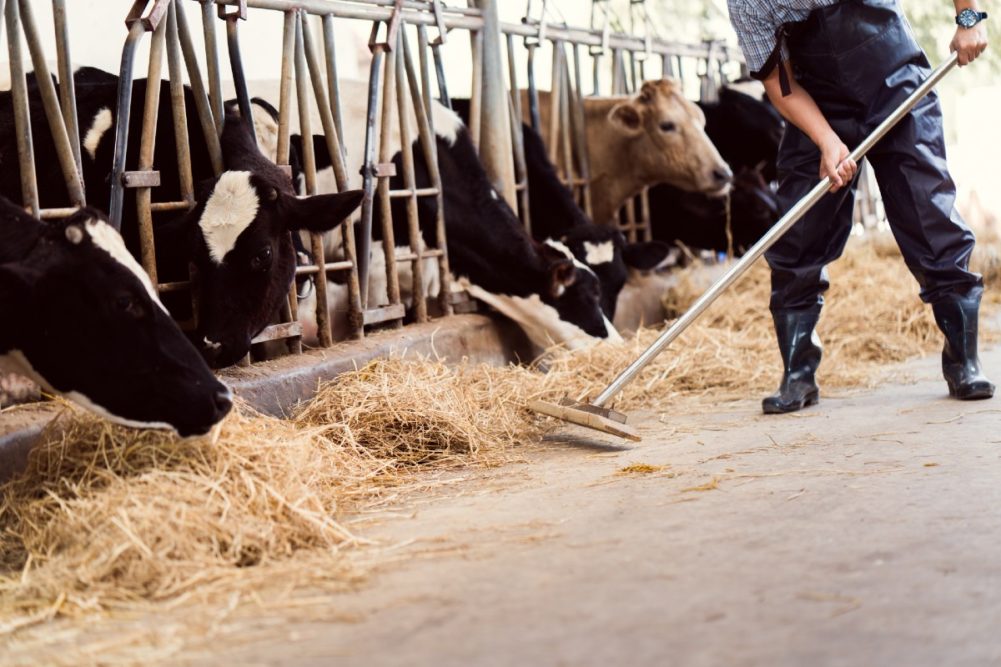ATLANTA — The Centers for Disease Control and Prevention (CDC) announced on May 30 that the third detection of highly pathogenic avian influenza (HPAI) in a person from exposure to infected dairy cattle.
While the report was the second human case to occur in Michigan, CDC said none of the three cases are associated with the others, with each occurring on separate farms.
In the most recent case, a dairy worker reported illness after exposure to a cow infected with H5N1. The worker reported upper respiratory tract symptoms, including a cough and eye discomfort without watery discharge.
The person was given oseltamivir and is currently isolating at home. CDC reported the person’s symptoms are resolving. The agency added that this is the first human HPAI case in which more typical acute respiratory symptoms were reported. CDC collected specimens from the worker for further testing. Researchers will attempt to isolate the virus in the specimen for additional studies.
There is still no indication of person-to-person spread of the virus at this time. As such, CDC’s health risk assessment for the general public remains the same.
The agency recommended workers wear personal protective equipment when interacting with infected or potentially infected animals. Additionally, people are recommended to avoid unprotected exposures to animal discharge, bedding, unpasteurized milk or materials that have been near to animals suspected with H5N1. Anyone exposed should monitor their health for 10 days after their most recent exposure, CDC said.
On the animal health side, at the end of May, 68 dairy cow herds in nine states were confirmed by the US Department of Agriculture (USDA) to have been infected with the virus.
Last month, 5.8 million birds were affected by HPAI across five states, according to data from the USDA. Of the birds affected, nearly three quarters were from a single outbreak in a commercial layer flock in Sioux County, Iowa. The outbreak was the first in Iowa since 2023 and took place at one of Post Holdings’ contractors, affecting 14% of the company’s controlled egg supply.

